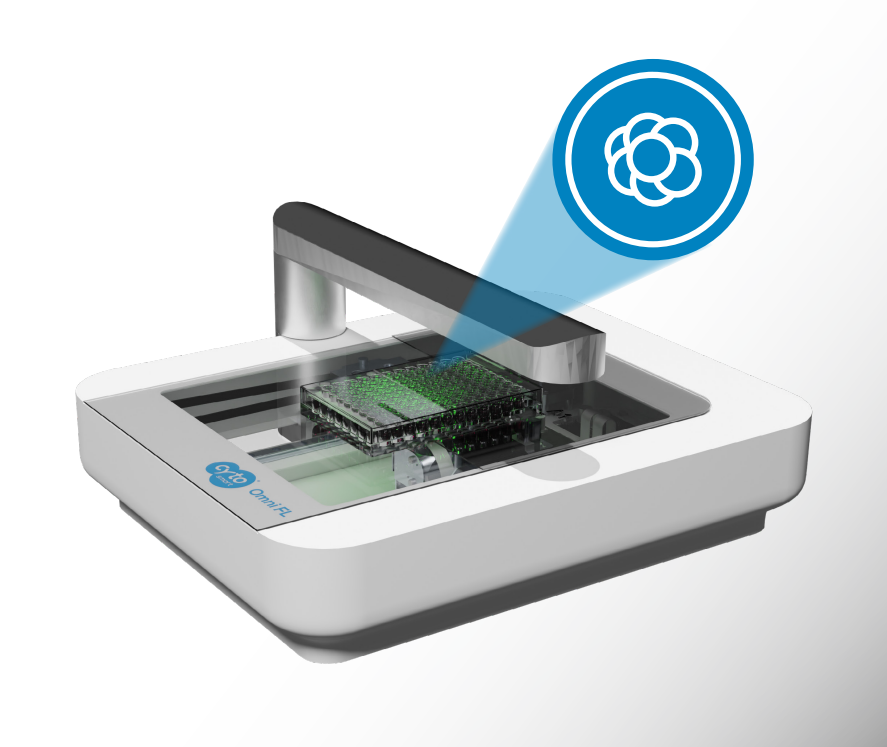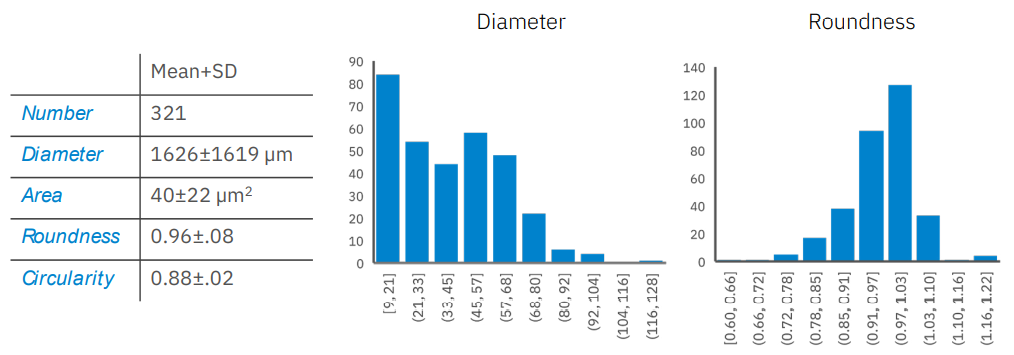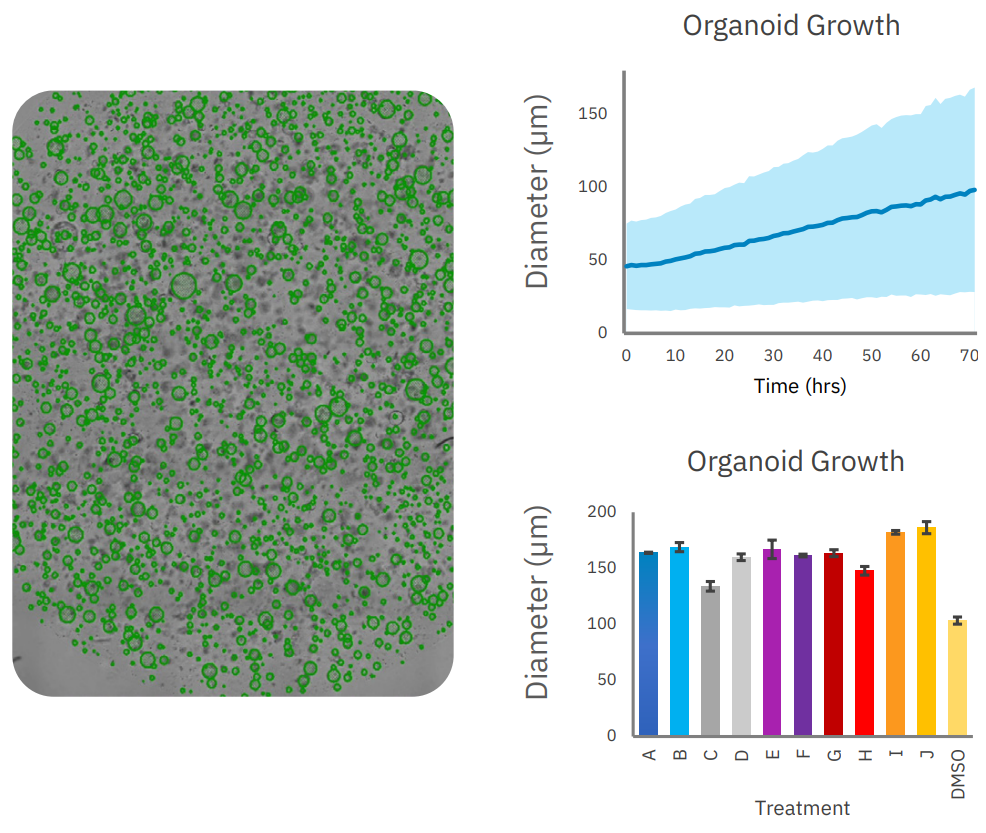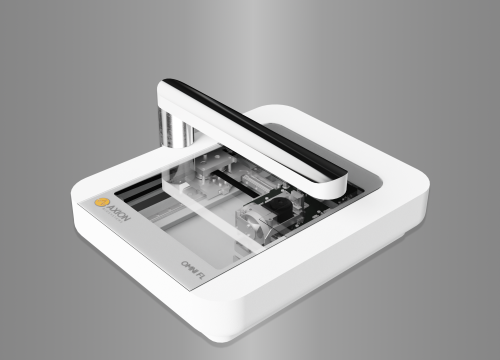
Organoid Analysis Module
Robust organoid quantification and monitoring
Complex models don’t have to mean a complex analysis.
Organoids represent an exciting avenue for disease research and discovery,
bridging the gap between traditional 2D cell cultures and animal models.
The Organoid Analysis Module for the CytoSMART Omni adds advanced organoid detection and quantification to the versatile imaging platform.
Advanced machine-learning algorithm takes out the guesswork
Quickly identify organoids, compare conditions, create population distributions, and chart development over time.
Measure:
- >> Number
- >> Size
- >> Shape

A better model starts with a better platform
- >> Track long-term development, label-free
- >> Analyze undisturbed biology from within the incubator
- >> From flasks to microwell plates compatibility for the many ways organoids are made
Case Study: tracking organoid growth in a Matrigel dome
Organoids are cultured in environments that allow for 3D expansion and self-organization of their cells. A Matrigel dome is a commonly used technique but monitoring growth and development can be difficult. In this experiment, organoids were seeded in Matrigel domes in a 24-well plate. They were cultured in different conditions to monitor organoid growth. Over 140 hours, hourly high-resolution, whole-well scans were made in the incubator with the CytoSMART Omni. The images were analyzed using the Organoid Analysis Module.
Experiment setup

Results
The Organoid Analysis Module simultaneously tracked hundreds of organoids and plotted average size for the duration of the experiment. Each condition tested increased organoid diameter relative to the DMSO control with condition J and C showing the largest and smallest increases, respectively.

Accelerate your organoid research and see more
The Organoid Analysis Module for the CytoSMART Omni can identify, track, and analyze large numbers of organoids across an array of culture vessels with advanced machine-learning algorithms for faster, more accurate results. With the latest in live-cell imaging technology, take your research further.
